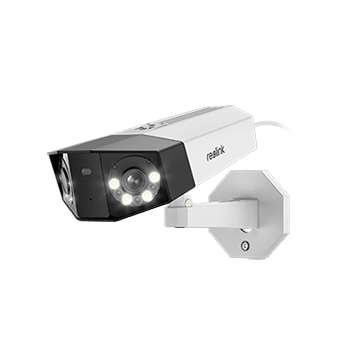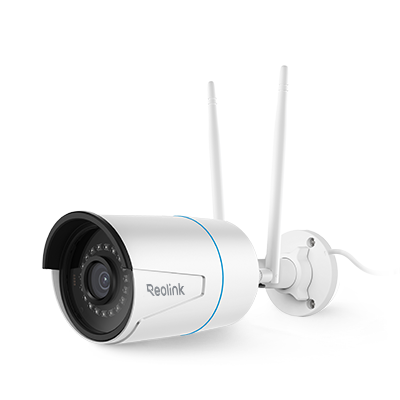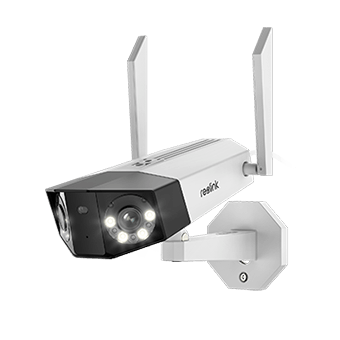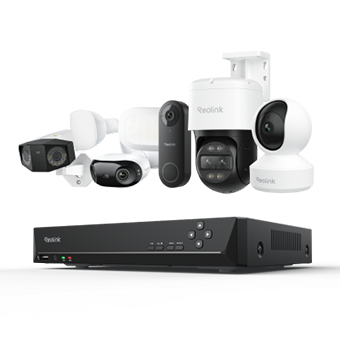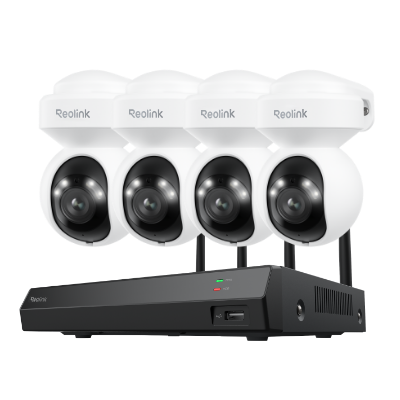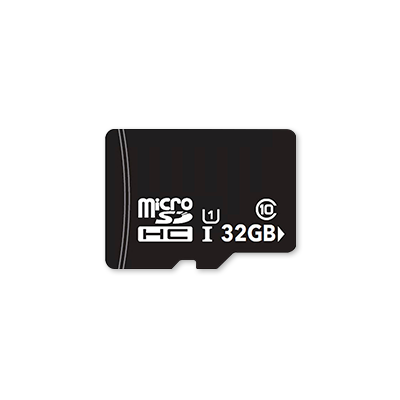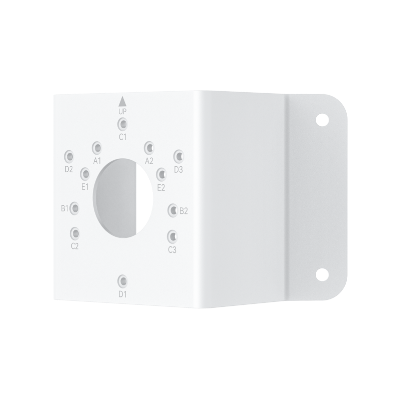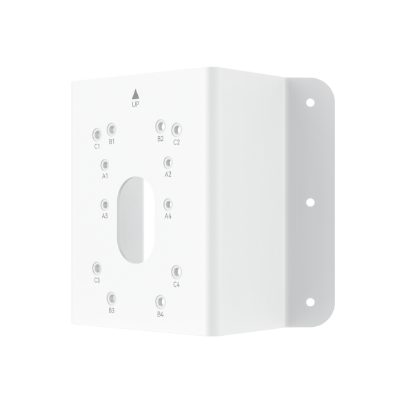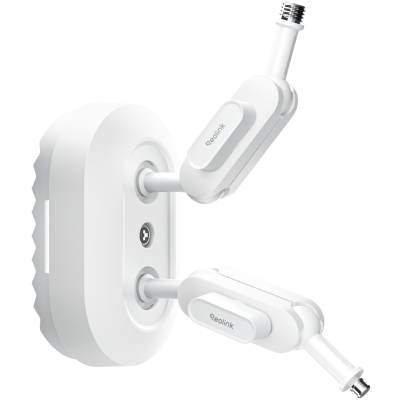Hybrid Cloud Security: Expert Tips for Safe Data Management

In the digital era, businesses are increasingly adopting hybrid cloud environments for flexibility and scalability. However, this combination of public and private clouds brings unique security challenges. Ensuring robust cloud security is crucial for protecting sensitive data, maintaining compliance, and mitigating risks.
In this post, we will delve into the key components and benefits of Hybrid Cloud Security. And we will also explore the better Hybrid Cloud Security solutions. Keep Reading!
What is Hybrid Cloud Security?
Hybrid Cloud Security comprises a set of tools and processes specifically designed to safeguard data and infrastructure within a unified architecture that combines private cloud, public cloud, and on-premises elements. The hybrid cloud environment allows for seamless movement of workloads between different platforms, capitalizing on their strengths and features.
This comprehensive security approach involves protecting data, applications, and infrastructure, whether on-premises or in the public cloud. It encompasses safeguarding business processes, workloads, and overall management across multiple IT environments.
Although some enterprises may assume that their cloud provider bears full responsibility for cloud security, the reality is that cloud security is a shared responsibility. While cloud providers ensure the security of their infrastructure, enterprises retain the responsibility of safeguarding the application layer and protecting their sensitive data.
Components of Hybrid Cloud Security
The components of Hybrid Cloud Security encompass a range of tools, technologies, and practices that work together to ensure the protection and integrity of data, applications, and infrastructure within a hybrid cloud environment. These components include:
-
Data encryption: Encryption is a fundamental component of hybrid cloud security. It involves encoding data so that only authorized users with the appropriate decryption keys can access it.
-
IAM (Identity and Access Management): Manages user identities and controls access to resources, ensuring only authorized users can access data and applications.
-
Network security: Protects communication channels between cloud environments and on-premises infrastructure using firewalls, VPNs, and intrusion detection systems.
-
MFA (Multi-Factor Authentication): Adds an extra layer of security by requiring multiple forms of identification for accessing critical resources.
-
Security monitoring and logging: Tracks system activities, user actions, and network traffic to detect and respond to suspicious behavior promptly.
-
Incident response and disaster recovery: Outlines procedures for handling security breaches and unexpected incidents, with backup and recovery plans for data and business continuity.
-
Cloud security assessments: Regular audits to evaluate the effectiveness of security measures and identify potential vulnerabilities for continual improvement.
Best Practices of Hybrid Cloud Security
Given a hybrid cloud's complex nature and distributed components, securing it can be challenging. To tackle this challenge effectively, it is prudent to begin with widely accepted best practices in the industry:
-
Implement regular audits: Conduct frequent audits to proactively maintain a strong security posture. Continuous checks enable adaptation of security measures as the environment evolves and help identify vulnerabilities before breaches occur.
-
Apply least privilege access: Follow the principle of least privilege access to grant entities only necessary permissions. Implement granular identity and access management (IAM) policies to reduce the risk of unauthorized access.
-
Standardize security procedures: Establish uniform security protocols and procedures for all clouds and elements, on-premises or cloud-based. Consistent security standards and business processes minimize risks and vulnerabilities.
-
Employ consistent data encryption: Utilize consistent data encryption throughout the hybrid or multi-cloud environment, safeguarding data at rest and during transfer. This ensures data remains secure at all times.
-
Strengthen endpoint security: Enhance security for all endpoints, including computers, mobile devices, routers, and web portals, to thwart potential attacks. Implement micro-segmentation, firewalls, antivirus, and endpoint detection and response (EDR) solutions for added protection.
Hybrid Cloud Security Challenges
Securing a hybrid environment presents distinct challenges compared to securing a traditional one. Here are some common areas where challenges may arise:
-
Complexity and visibility: Integrating multiple public and private cloud services creates a complex information framework, leading to potential security and management difficulties. Without proper tracking procedures, the ability to access data can diminish over time, increasing the risk of data leaks due to misconfigurations or errors in public cloud storage.
-
Gap in knowledge and skills: The rapid growth of cloud systems has resulted in a shortage of cybersecurity resources. Finding skilled security personnel capable of managing cloud services becomes challenging, exposing companies to risks.
-
Security responsibility: As companies adopt public cloud services, the responsibility for security controls shifts to the cloud service provider. Mismatches in implementing private cloud security controls in the public cloud environment can expose the cloud to threats.
-
Mismatches in network protection: Network security remains a significant concern for businesses. Some public cloud security tools may lack full functionality in securing private clouds, leading to potential vulnerabilities. Additionally, overlooking service mesh and API security for container management exposes the container to cybersecurity threats.
-
Dispersed logging and monitoring capabilities: Logging sources scattered across the public cloud, vendor tools, on-premises systems, and cloud-native services make identifying logs and building metrics for monitoring challenging.
Advanced Strategies of Hybrid Cloud Security
To enhance the security posture of hybrid cloud environments and tackle evolving threats, organizations can implement the following advanced strategies.
Choose open technologies
Open technologies enhance observability and management in hybrid cloud environments. They are infrastructure-agnostic, enabling seamless data collection and analysis. The freedom to choose from various security tools empowers businesses to create a tailored and effective security strategy.
Unified security management
Apply a consistent set of security standards and tools throughout your hybrid environment. Standardization minimizes the risk of oversights that can happen with different strategies for public and private components. Unified security management simplifies tasks, like using a single identity and access management framework for the entire hybrid environment.
Intergrate AI and automation
Though AI shouldn't be overstated for handling all security risks, using automation and AI tools can help detect risks in complex hybrid environments. For instance, cloud data loss prevention tools can automatically identify sensitive data, even in unexpected locations you might not consider checking manually.
Hybrid Cloud Security Solutions Recommendation
Considering the increasing importance of data security in modern business environments, here are some recommended hybrid cloud security solutions to help safeguard your valuable assets.
Kaspersky Hybrid Cloud Security
Businesses are rapidly adopting cloud due to digital transformation efforts. Kaspersky Hybrid Cloud Security ensures safe and efficient cloud adoption. It offers one product for all cloud security needs, one license for all workloads, and one console to manage the entire hybrid infrastructure. With this comprehensive security solution, you can focus on other aspects of your digital transformation journey without worrying about security.
APEX Hybrid Cloud
Dell APEX Hybrid Cloud for VMware ensures consistent and secure operations across various environments, including data centers, co-location facilities, edge locations, and public cloud deployments. It emphasizes a common management framework, robust security, and seamless workload mobility across multiple clouds.
Alert Logic Hybrid Cloud Security
Alert Logic's MDR platform offers flexibility by providing top-notch security and compliance for your hybrid cloud. With a global view of threat activity and a dedicated security research team, it ensures continuous coverage and protection against evolving threats. Their unmatched 24/7 security monitoring sets them apart from other cloud-based solutions.
FAQs
1. Does the hybrid cloud provide security?
Yes, a hybrid cloud provides security, but security in a hybrid cloud environment requires careful planning and implementation. Hybrid cloud solutions offer the potential to leverage both public and private cloud benefits while maintaining control over sensitive data in on-premises environments.
However, ensuring security in a hybrid cloud requires a shared responsibility model between the cloud service providers and the organization using the hybrid cloud.
2. How does hybrid cloud security differ from traditional cloud security?
Hybrid cloud security differs from traditional cloud security in several ways. In a traditional cloud environment, resources are hosted within a single cloud service, while a hybrid cloud combines multiple cloud services and on-premises infrastructure. This mix provides organizations with more control over data placement and security.
The responsibility for security also shifts in a hybrid cloud, as organizations share security responsibilities with cloud providers, necessitating a careful understanding of roles and obligations.
3. Are hybrid cloud security solutions scalable?
Yes, one of the significant advantages of hybrid cloud solutions is their scalability, allowing organizations to flexibly adjust resources and security measures based on their evolving needs. As the hybrid cloud environment grows and adapts to changing demands, security solutions can be scaled up or down accordingly to meet the requirements.
4. What's the hybrid cloud security architecture?
Hybrid cloud security protects apps, APIs, infrastructure, and software supply chains, with encryption ensuring secure data access. A zero-trust model verifies every access request. Edge servers and application containers use microsegmentation to isolate critical assets, creating secure zones (DMZs) that protect the core network. Firewalls add another layer, separating cloud environments from on-premises resources.
Conclusion
Hybrid cloud security is a valuable resource for organizations navigating the complexities of securing their hybrid cloud environments. Hybrid cloud adoption offers numerous benefits, but it also presents unique challenges that demand a proactive and comprehensive security approach.
Search
Subscribe for the Latest Updates
Security insights & offers right into your inbox
















